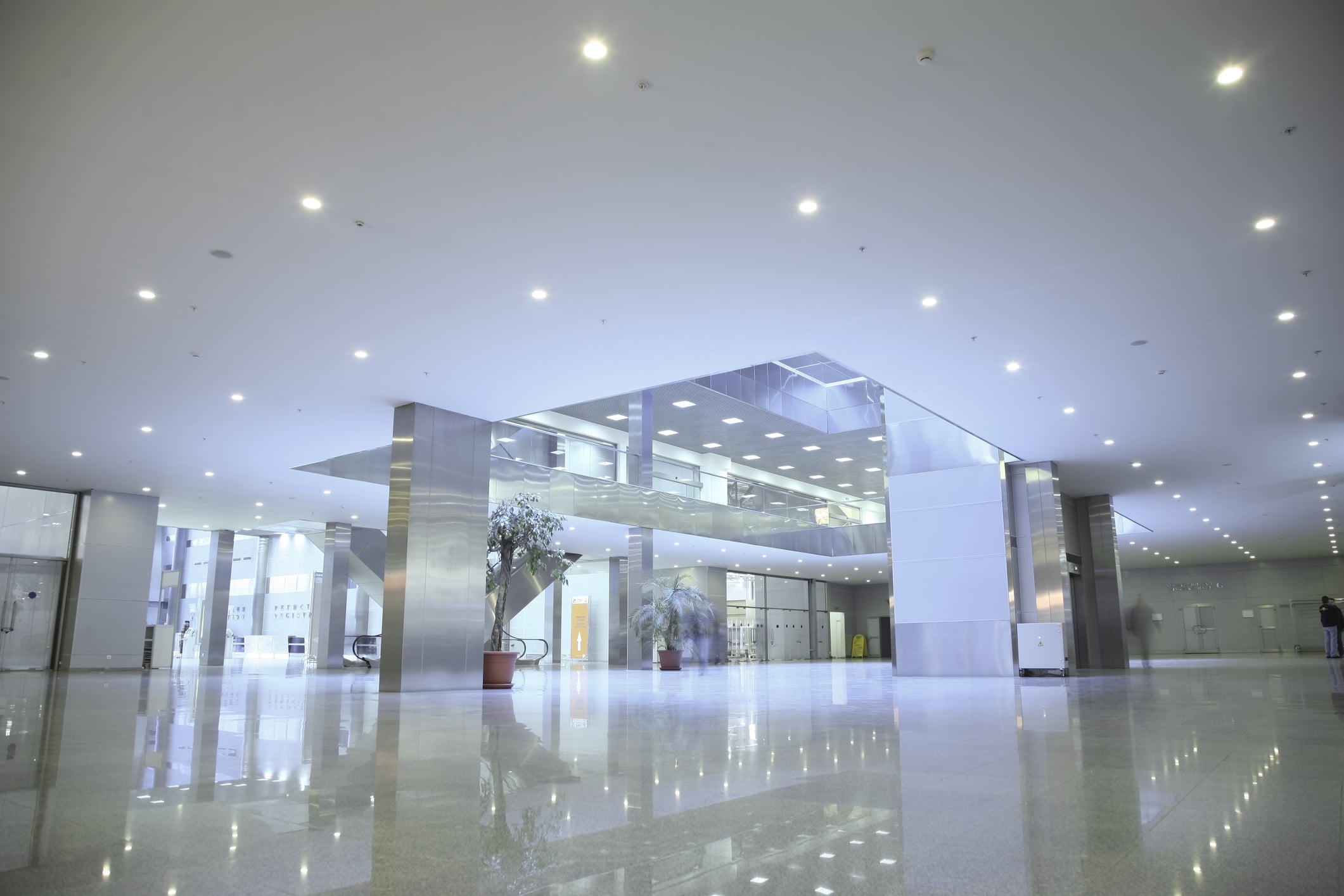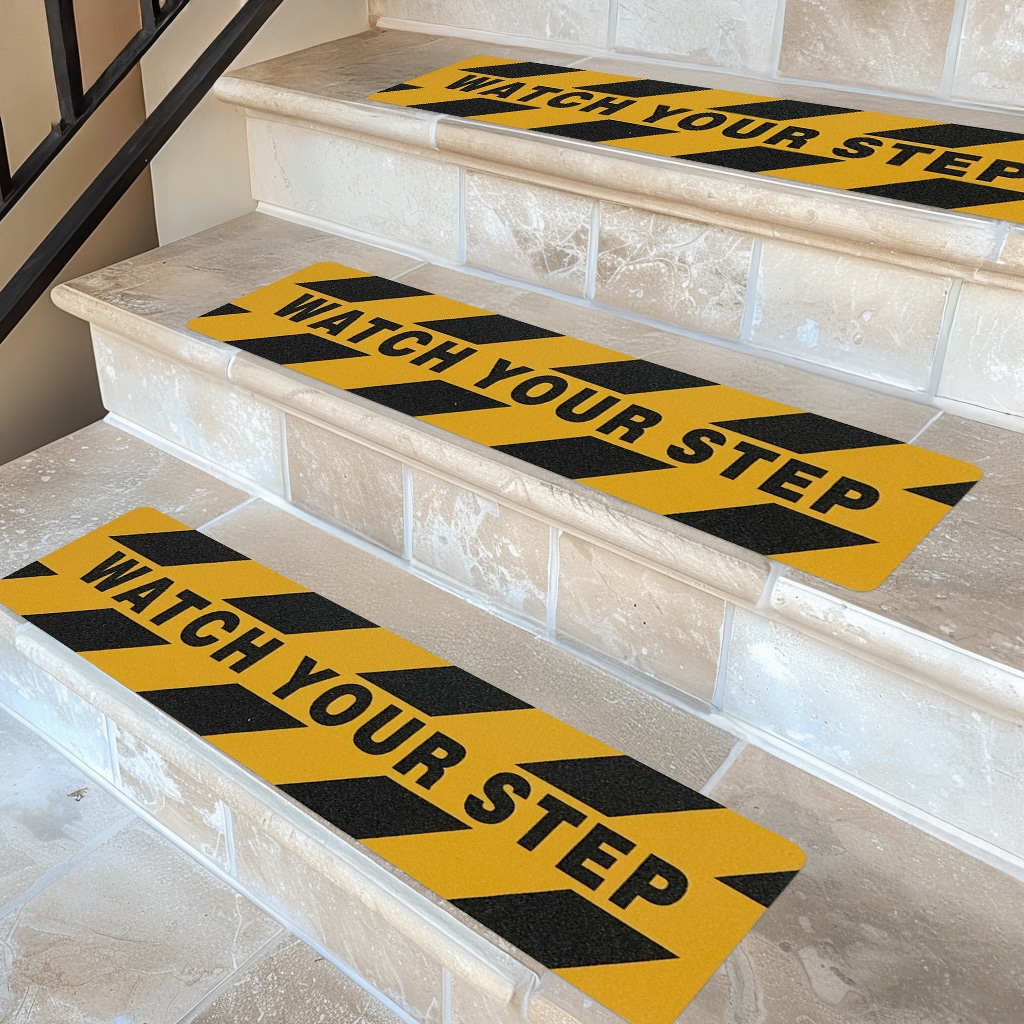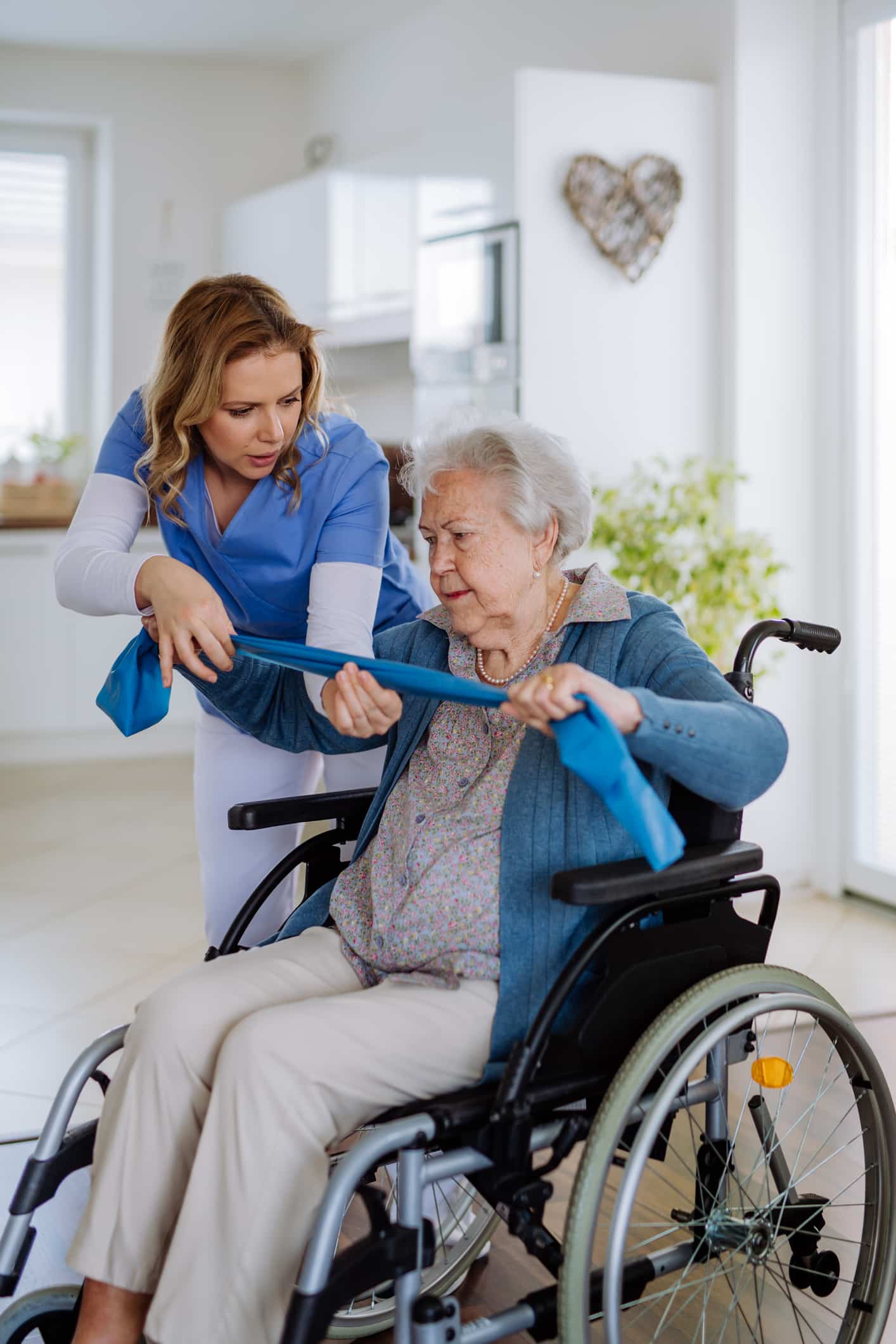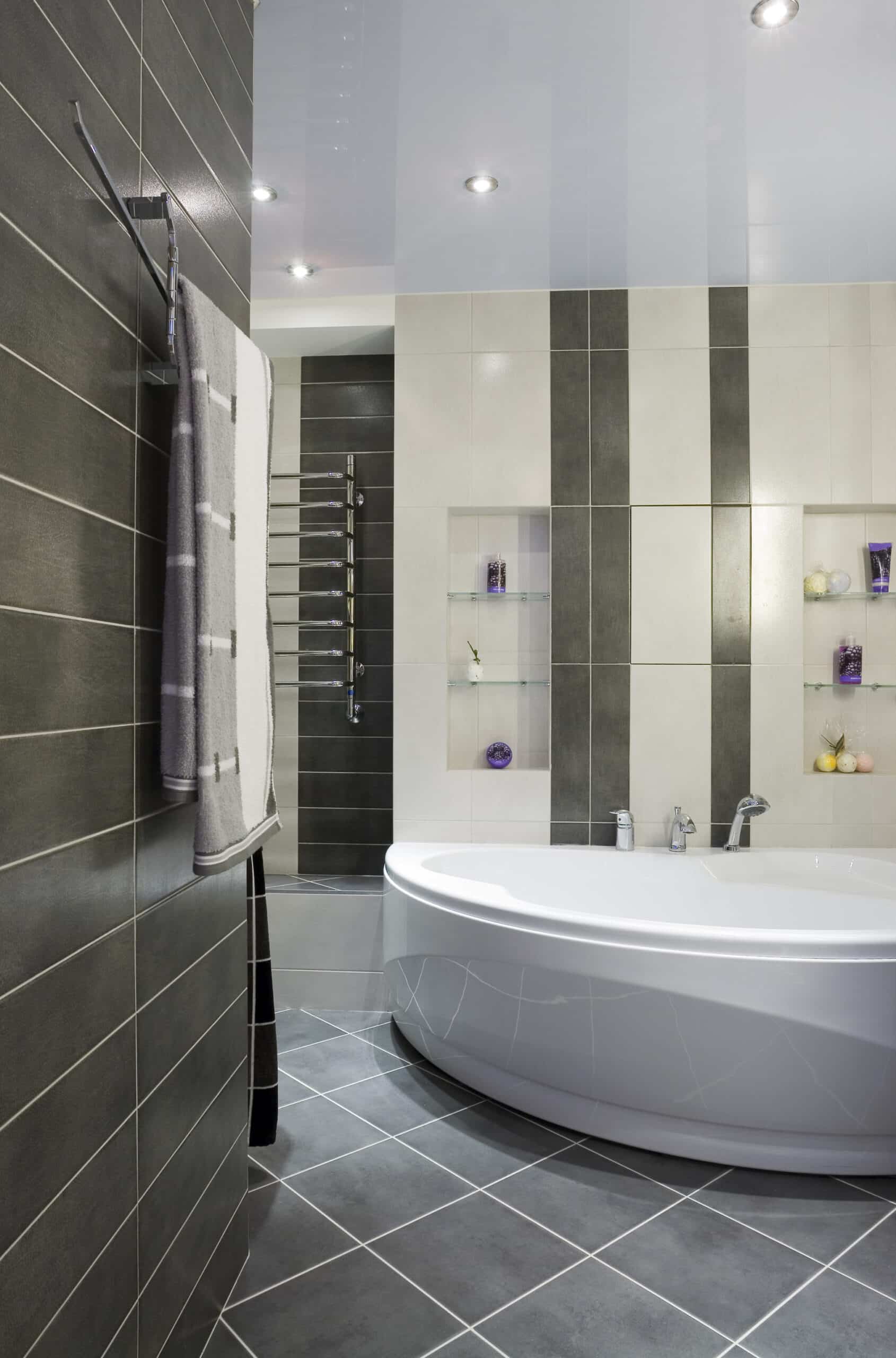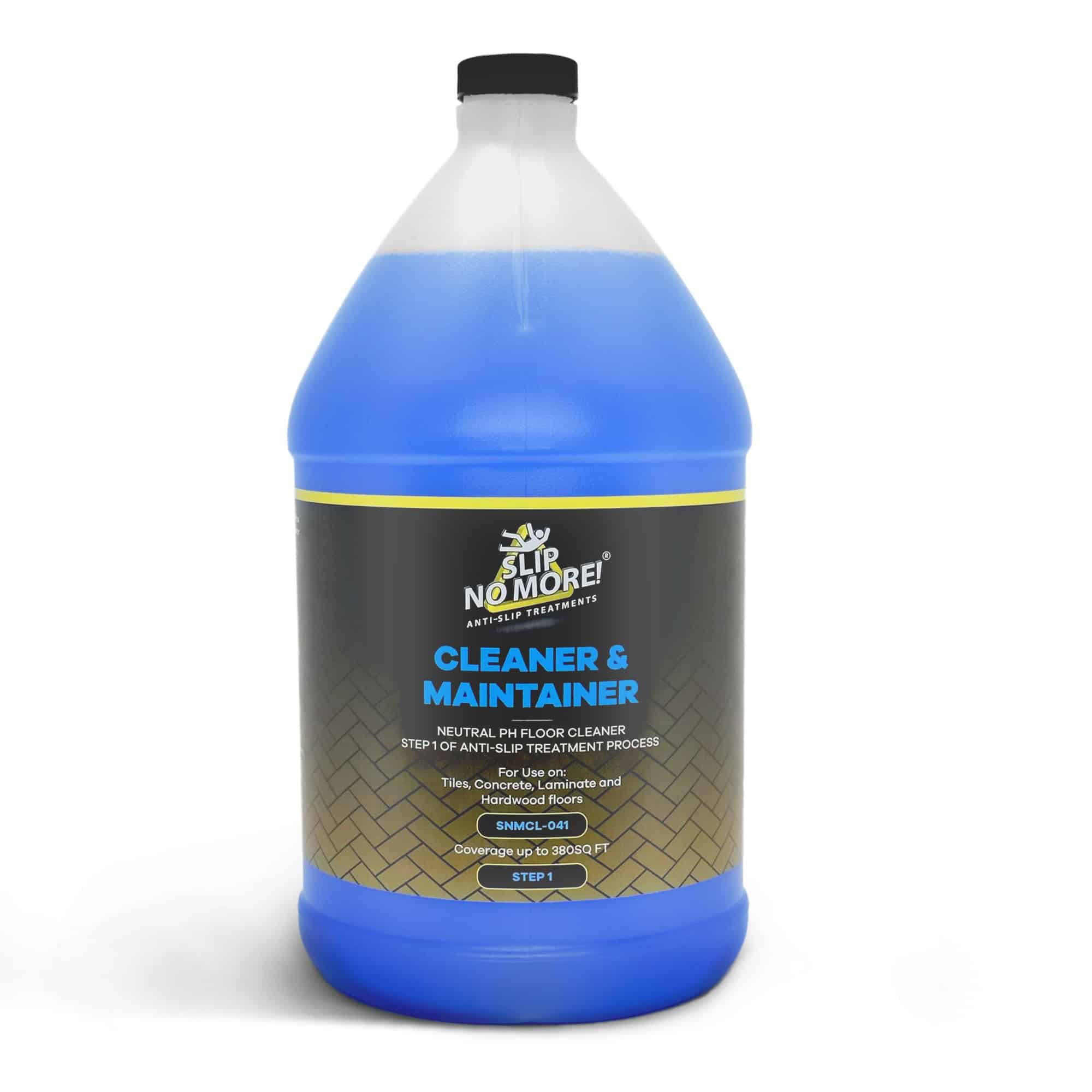Slip-and-fall accidents on slippery tile floors without slippery tile floor treatment can be embarrassing and dangerous. Whether in your home or in a commercial setting, ensuring the safety of yourself and others is paramount. We’ve compiled this comprehensive guide on preventing slips and falls with slippery tile floor treatment. From simple DIY solutions to professional tips, we’ve got you covered.
This article will explore seven effective ways to prevent slips and falls with slippery tile floor treatment. We’ll delve into the importance of proper footwear, the benefits of using non-slip mats and rugs, and how to maintain a clean and dry floor surface. Additionally, we’ll discuss the role of proper lighting and the installation of handrails to ensure maximum safety.
Don’t let slippery tile floors be a hazard in your life. By implementing these strategies, you can create a safe and comfortable environment for yourself and your loved ones. Read on to discover the secrets to preventing slips and falls with slippery tile floor treatment.
The importance of preventing slips and falls with slippery tile floor treatment.
Slip and fall accidents can result in serious injuries, ranging from sprains and fractures to more severe complications. These accidents can happen to anyone, regardless of age or physical condition. The consequences can be particularly devastating for older adults, who may already have fragile bones and a higher risk of injury.
Prevention is key regarding slips and falls with slippery tile floor treatment. Taking proactive measures can significantly reduce the risk of accidents and create a safe environment for everyone. Let’s explore some common causes of slips and falls with slippery tile floor treatment..
Common causes of slips and falls on slippery tile floors
Slippery tile floors without slippery tile floor treatment can pose a significant risk, especially when wet or improperly maintained. Some common causes of slips and falls without slippery tile floor treatment.:
1. Wet Surfaces: When water or other liquids come into contact with tile floors, they can create a slippery surface. This can occur in bathrooms, kitchens, or areas where spills are every day.
2. Improper Cleaning: Using the wrong cleaning products or techniques can leave a residue on tile floors, making them more slippery. Inadequate cleaning can also lead to the buildup of dirt and grime, further increasing the risk of slips and falls.
3. Lack of Traction: Smooth and polished tile surfaces without slippery tile floor treatment may lack traction, especially when not designed with non-slip properties. This can make it easy for shoes or feet to lose grip, increasing the likelihood of accidents.
Understanding these common causes is essential for preventing slips and falls with slippery tile floor treatment. Explore practical strategies to mitigate these risks and create a safer environment.
Understanding the risks associated with floors without slippery tile floor treatment
A clean and dry floor surface is crucial for preventing slips and falls on tile floors without slippery tile floor treatment. Regular cleaning and maintenance can help remove dirt, spills, and other hazards contributing to slick surfaces. Here are some tips to consider:
1. Choose the Right Cleaning Products: Opt for cleaning products designed for tile floors. Avoid excessive water or soap, as this can create a slippery residue. Instead, follow the manufacturer’s instructions and use appropriate cleaning tools.
2. Mop and Dry Thoroughly: Dry the floor surface after cleaning. Moisture left behind can make the tiles slippery, especially when people walk on them. Use a dry mop or towel to remove any remaining moisture.
3. Address Spills Immediately: Accidents happen, and spills are inevitable. However, it’s essential to address spills promptly to prevent slip hazards. Have a designated spill kit with absorbent materials and clean up any spills as soon as they occur.
Maintaining the cleanliness of your tile floors can significantly reduce the risk of slips and falls. However, you can take additional measures to enhance safety further.
Maintaining the cleanliness of tile floors to prevent slips and falls
Consider using anti-slip treatments or coatings if your tile floors are particularly slippery. These products can provide an extra layer of protection and improve traction on the surface. Here’s what you need to know:
1. Anti-Slip Treatments: Various anti-slip treatments are available for tile floors. These treatments typically involve applying a chemical solution that alters the surface of the tiles, creating a rougher texture and improving grip. Consult with a professional to determine the most suitable treatment for your specific type of tile. Always remember that slippery tile floor treatment is only suitable for tiles.
2. Anti-Slip Coatings: Applying anti-slip coatings to your tile floors is another option. These coatings are designed to add traction and make the surface less slippery. They come in different finishes, such as matte or textured, and can be applied to indoor and outdoor tile surfaces.
It’s important to note that slippery tile floor treatment and coatings may require periodic reapplication to maintain effectiveness. Consult with a professional to ensure proper installation and maintenance.
Using anti-slip treatments and coatings for tile floors
Slip-resistant mats and rugs are a cost-effective and easy way to prevent slips and falls with slippery tile floor treatment. These mats are designed with non-slip backing or materials that provide better traction, reducing the risk of accidents. Here’s what you should consider:
1. Choose the Right Size and Placement: Select mats and rugs that fit your space appropriately. Ensure they cover high-traffic areas, such as entrances, kitchens, and bathrooms. Avoid using mats that are too small, which may shift or create tripping hazards.
2. Look for Non-Slip Backing: Ensure that slip-resistant mats or rugs have non-slip backing. This will help keep them in place and prevent them from sliding on the tile floor. Additionally, ensure the backing material is suitable for your specific type of tile to avoid any potential damage.
3. Regular Cleaning and Maintenance: Like tile floors, slip-resistant mats, and rugs require regular cleaning and maintenance. Follow the manufacturer’s instructions for cleaning, and inspect them periodically for any signs of wear or damage. Replace them if necessary to maintain their effectiveness.
Placing slip-resistant mats and rugs in your home or commercial space can reduce the risk of slips and falls on tile floors. Obviously slippery tile floor treatment is the perfect alternative to mats.
Installing slip-resistant mats and rugs on slippery tile floors
The type of footwear you choose can significantly prevent slips and falls with slippery tile floor treatment. Here are some tips to help you make the right choice:
1. Opt for Non-Slip Soles: Footwear with non-slip soles can provide better traction when walking on slippery tile floors. Look for shoes with rubber or textured soles that offer grip on smooth surfaces. Avoid shoes with worn-out or soft soles, as they can increase the risk of slipping.
2. Consider Closed-Toe Shoes: Closed-toe shoes can provide additional support and protection, reducing the risk of injuries in a slip or fall with slippery tile floor treatment. Sandals or flip-flops, however, may not provide sufficient stability on slick surfaces.
3. Be Mindful of Heel Height: High heels can be particularly hazardous on tile floors, as they can easily get caught or cause instability. Opt for shoes with lower heels or flats when walking on slippery surfaces.
Choosing appropriate footwear is a simple yet effective way to prevent slips and falls on tile floors. However, other safety measures should also be considered.
Choosing appropriate footwear to prevent slips and falls on tile floors
Clear and visible signage can help remind people of tile floor slip and fall hazards. Consider implementing the following:
1. Warning Signs: Place warning signs in areas with slippery tile floors, near entrances, or wet areas. These signs can alert people to exercise caution and take necessary precautions.
2. Floor Markings: Use markings or tape to highlight potentially hazardous areas, such as wet floors or steps. These visual cues can serve as a reminder to be cautious and prevent accidents.
3. Educational Materials: Provide educational materials, such as posters or brochures, emphasizing the importance of safety on slippery tile floors. Educating people about the risks and prevention strategies can help create a safety culture.
You can enhance awareness and encourage safe practices in your home or commercial space by implementing proper signage and warnings.
Implementing proper signage and warnings for slippery tile floors
Regular inspections and maintenance are essential for preventing slips and falls with slippery tile floor treatment. Here’s what you should consider:
1. Scheduled Inspections: Establish a routine for inspecting your tile floors for potential hazards. Look for signs of wear, cracks, or loose tiles that may pose a risk. Address any issues promptly to prevent accidents.
2. Repair and Replace: If you notice any damaged or worn-out tiles, it’s crucial to repair or replace them immediately. Damaged tiles can create uneven surfaces, making it easier to slip or trip.
3. Monitor the Condition of Non-Slip Treatments, Coatings, and Mats: If you’ve implemented non-slip treatments, coatings, or slip-resistant mats, regularly monitor their condition. Replace or reapply them as needed to maintain their effectiveness.
Taking a proactive approach to inspections and maintenance can help identify and address potential hazards, ensuring the long-term safety of your tile floors with slippery tile floor treatment.
Conclusion: Taking Proactive Measures to Prevent Slips with slippery tile floor treatment.
Slip and fall accidents on slippery tile floors without slippery tile floor treatments can have serious consequences. However, implementing the strategies outlined in this article can significantly reduce the risk of accidents and create a safe environment for yourself and others.
Remember the importance of maintaining the cleanliness of your tile floors, using slippery tile floor treatment and coatings, and installing slip-resistant mats and rugs. Choose appropriate footwear, implement proper signage and warnings, and conduct regular inspections and maintenance.
By taking these proactive measures, you can prevent slips and falls with slippery tile floor treatment and ensure the safety and well-being of everyone in your home or commercial space. Don’t let slippery tile floors be a hazard in your life. Start implementing these strategies today and enjoy a safer environment for years.
Regular inspections and maintenance to prevent slips and falls on tile floors.
Slippery tile floors without slippery tile floor treatment pose a significant risk to anyone walking on them, especially if they are unaware of the potential danger. One of the most effective ways to prevent slips and falls is by implementing proper signage and warnings. This serves as a visual reminder and alerts people to exercise caution when walking on the surface.
When it comes to signage, clarity is critical. Ensure the signs are placed in visible areas where people are most likely to encounter slippery floors. Use clear and concise language to convey the message. Avoid ambiguous or confusing signs that may lead to misunderstandings.
In addition to signage, consider using floor markings to indicate particularly slippery areas. These markings can be placed strategically to guide pedestrians and highlight potential hazards. By creating a visual guide, you can help people navigate the slippery tile floors without slippery tile floor treatment.
Types of slip prevention products
Four main categories of injury prevention products increase the safety of your floors. When selecting slip-prevention products, always ask a specialist who can guide you. There are different types of slippery tile floor treatments.
Anti-Slip Treatments: These products are the best defense against slippery tiles. They are a sure way to increase the safety of your tiles. Used indoors and outdoors, they last for years. An important note is that they only work on unsealed tiles.
Non-Slip Coatings: Perfect for high-traffic and low-traffic areas. Always choose the right product for your use.
Anti-Slip Tape: A versatile product that is used on stairs and ramps. Anti-slip tape is excellent indoors and outdoors and works on many different surfaces.
Cleaning and Maintenance Products: These products should be of the highest quality. Be sure to check the cleaning recommendations of the floor safety products that you have installed.
About Slip No More
With more than 15 years of experience in the slip-prevention industry, our slippery tile floor treatments solve the problem of slippery floors in all areas. Specializing in floor safety, the company has become synonymous with reliable solutions for preventing slips and falls.
Slip No More offers various anti-slip products designed for different surfaces.
As part of our global expansion strategy, we actively engage with our audience on various social media platforms. Slip No More maintains a strong presence on platforms like Facebook, Instagram, Twitter, Linked In, and YouTube. We love connecting with customers and sharing valuable insights on safety measures. This strategic use of social media fosters brand awareness and allows us to interact directly with our diverse customer base.
If you found this article helpful, take a look at our related articles:

